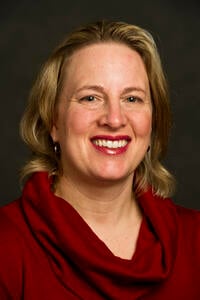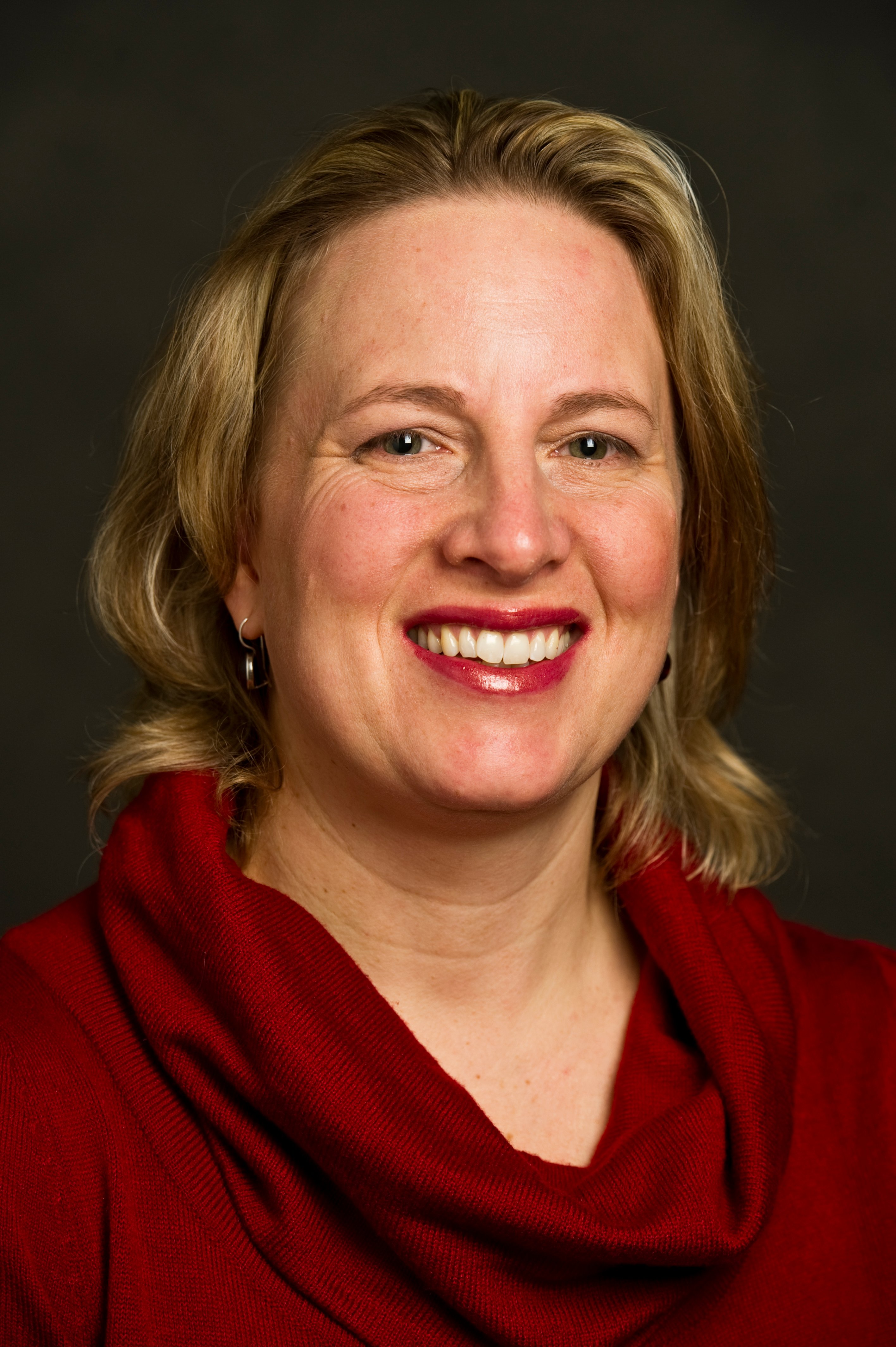Social Media: Getting Results for Planned Gifts
 Late last week, guest presenter Rebecca Scott, Senior Director of Development and Alumni Relations at Tufts University School of Medicine, conducted “Social Media: Getting Results for Planned Gifts,” a PG Calc Webinar I hope you didn’t miss.
Late last week, guest presenter Rebecca Scott, Senior Director of Development and Alumni Relations at Tufts University School of Medicine, conducted “Social Media: Getting Results for Planned Gifts,” a PG Calc Webinar I hope you didn’t miss.
Rebecca began by convincing our audience that social media is here to stay – a theme I see repeated consistently by various speakers and authors advising on the topic. While it sometimes seems there is a new social network appearing every other day, the fact is there are only a few we can be sure will be around and relevant tomorrow. Among them are some broadly reaching platforms such as Facebook, LinkedIn, Twitter, and Google+.
That “an audience” (in our case, mainly adults age 45 and older) exists is indisputable. Rebecca presented some recent statistics from the Pew Research Center that indicate that 57% of adults between the ages of 50-64 who use the internet in the U.S. are on Facebook, and 35% of internet users over the age of 65 are on Facebook. The numbers are even less important than the trend, which is of course, that this population is increasingly active in social media. Facebook usage statistics are impressive by themselves, but even more so in comparison to other social networks, persuasive evidence that Facebook is the logical social network to consider for marketing planned gifts.
Rebecca spent time reviewing the considerations of setting up a Facebook page on behalf of your organization that focuses specifically on your Legacy Society or planned giving.
Considerations:
- There are pros and cons to constructing and maintaining a page for gift planning content, as well as for, alternatively, “piggybacking” on your organization’s Facebook page (if it has one.) For instance, if you were to publish content on your organization’s page, your content would likely reach more individuals. However, in the interest of targeted communications, a gift planning page might have a smaller number of “fans,” but those fans would have a higher interest level in that type of content.
- The currency of social media content is timeliness and relevancy. The ease with which gift planners can update Facebook (for example, to communicated changes in charitable gift annuity rates or in the status of the IRA charitable rollover) is a tremendous advantage, but also means that the platform requires constant monitoring and updating.
- On a related note, if any content from your Facebook page appears in your fans’ news feeds, it will be the content that you publish on an ongoing basis. In other words, if you don’t publish content consistently, your page will soon become an island. Publishing a Facebook page is not about launching it and calling it a day, it’s about ongoing engagement and publishing.
- The Facebook algorithm (Edgerank*) determines which content appears on yours and others’ news feeds. It behaves much like algorithms for search engines, in that not only does it change with relative frequency, but contributing factors such as “Shares” and “Likes” influence which content will be posted to others’ news feeds. This behooves gift planners to publish engaging and share-able content.
One of the primary advantages of managing your own gift planning specific Facebook page is that your prospects or existing donors can self-identify as being interested in gift planning by liking the page. In addition, you can create a community, and get to know that community better, by interacting with the people who like your Facebook page. Individuals can interact and share why they appreciate your organization and what it has meant to them in their lives.
Even though it can be a lot of work, there are advantages to starting and maintaining your own gift planning page. A true pioneer, The Gift Planning Office at Tufts, under Rebecca’s direction, launched a Facebook page to promote gift planning at Tufts University in 2010, with the goal of sharing “news about bequests, gift planning, and tax-efficient ways to support Tufts.”
Prospects and donors are spending their time using social media, so gift planners need to understand the medium and to figure out how to employ it as a channel for communication. Rebecca made her case that Facebook is the platform with the most potential for gift planners today – and based on the data she provided, I can’t argue.
Follow Rebecca on Twitter at @rebeccascott.
More about EdgeRank
When you log in to Facebook and look at your news feed, you are not seeing all the content that has been published by your friends, businesses, groups, and charities that you’ve liked. Instead, Facebook curates your news feed using their proprietary algorithm. The algorithm gives prominence to posts from people or organizations with whom you frequently interact (by “liking” their posts or leaving a comment, for example). It also prioritizes generally popular posts in terms of how much overall interaction any given post has received.
There is a lot of online discussion regarding what “type” of content Edgerank favors most. Some argue it prefers images and short text posts and de-emphasizes posts with links to articles. In truth, Edgerank simply responds to what your fans like and, therefore, the task of a good Facebook page administrator is to experiment to figure out what provokes your fans to “like,” comment, or share your posts – including content type, times of day, days of week, and anything else you can test.




Submit a Comment